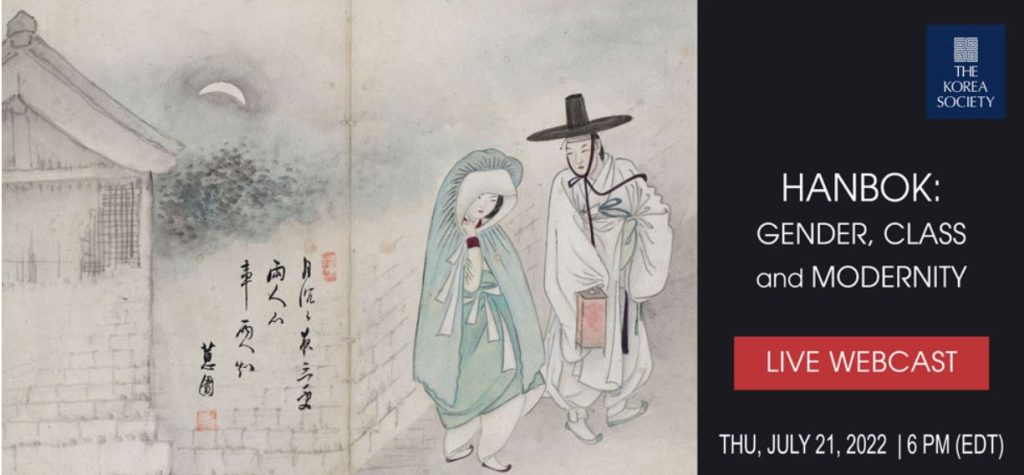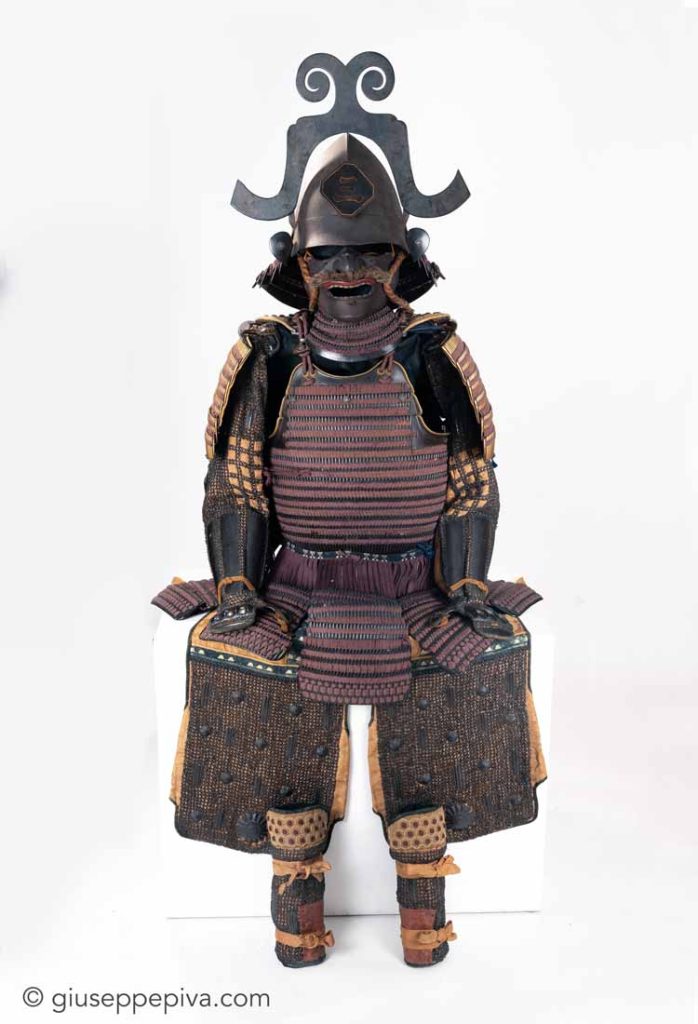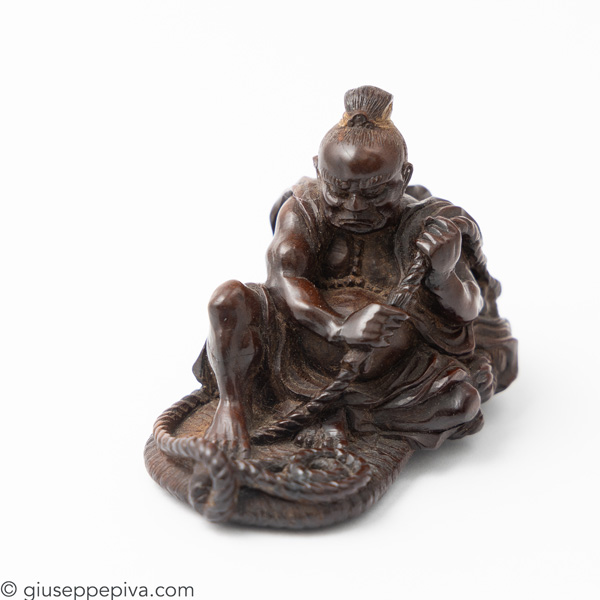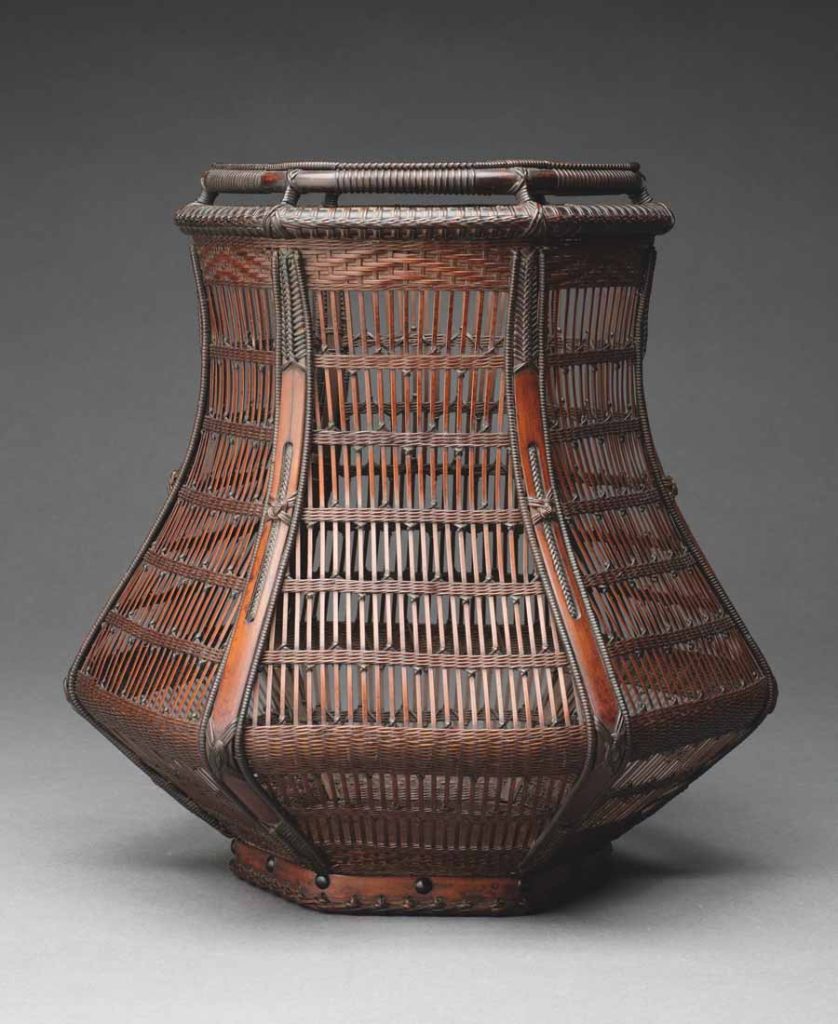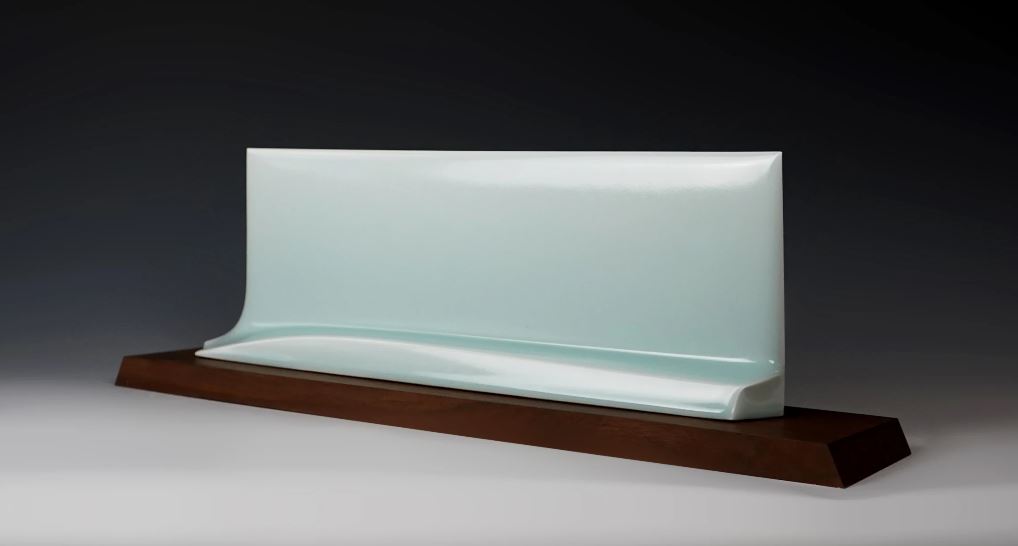On the left is Zhang Daqian's forgery of a painting by Bada Shanren, Four Geese, vertical scroll, ink on paper, pictured on the right behind Fu Qiumeng
Although Asia Week New York’s youngest member, Fu Qiumeng is impressive in the diverse experience she has already acquired and in her vision for her gallery’s future. A native of Chengdu, Fu, who also uses the name Mona, encountered Chinese traditional paintings and calligraphy at a young age in the company of her father and grandfather, both avid collectors. She also started painting while still a child. However, she initially started a career in advertising until Fu realized she was meant to work in the arts.
In 2012 Fu began working for Yang Wu and Zeng Yiyan, a noted ink painter, calligrapher, and connoisseur, at their Bao Rui Ying International Auction Company in Beijing. Because the house was just starting, Fu was involved in all aspects of work and quickly gained a wide range of experience. In 2014 she enrolled at Northwestern University for an M.S. in Leadership in Creative Enterprises. After moving to New York, Fu garnered more experience by working for Lark Mason Associates and studying painting with scholar-artist Arnold Chang. But perhaps most influential was her time spent at the contemporary Southeast Asian art gallery Tyler Rollins Fine Art in Chelsea; as it was there Fu learned how to position Asian tradition in the realm of the contemporary art world. She determined to utilize strategies from this robust and active part of the art market to promote East Asian contemporary art characterized by a connection to China’s rich tradition and opened her own gallery in 2016. (For the gallery website, click here.)
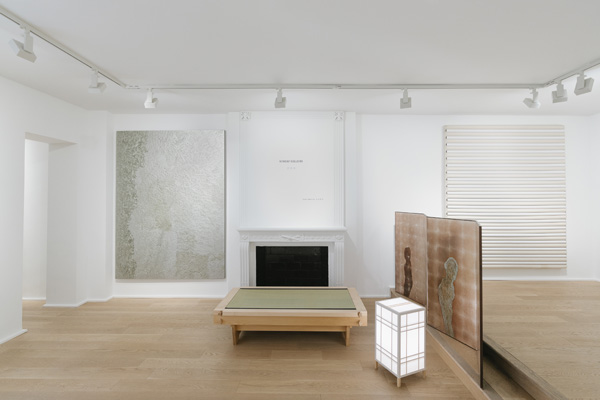
View of Fu Qiumeng Fine Art’s main gallery during the exhibition Nothing but Recollection: Hisao Hanafusa, 2021
Now working in her gallery, which is well situated on 80th Street just a few blocks from the Met, Fu Qiumeng presents several exhibitions and events each year that feature the works of contemporary artists connected to the visual art history tradition. During March Asia Week, Fu exhibited the popular collaborative works of Arnold Chang and Michael Cherney in Ink Affinities (for more details, click here). Their innovative works combine the photograph details of China’s topography taken by Cherney, who lives in Beijing, with the traditional ink paintings of Chang, who is based in New Jersey. These collaborations create not only visually appealing images but epitomize Fu’s interest in engaging varied media and avoiding pigeonholes of ethnicity. Fu’s current show, Moonlight on Stones, presents the work of NY-based painter and calligrapher Wang Mansheng (for more details, click here). As Wang’s works and background are deeply steeped in Chinese traditional literature, Fu invited Dr. Chao Ling, Assistant Professor in the Department of Chinese and History, City University of Hong Kong, to curate the show. Fu seeks to engage the research, ideas, and voice of young scholars to imbue her exhibitions both with interdisciplinary insights and added layers of depth, while providing these specialists with a welcome platform and audience.
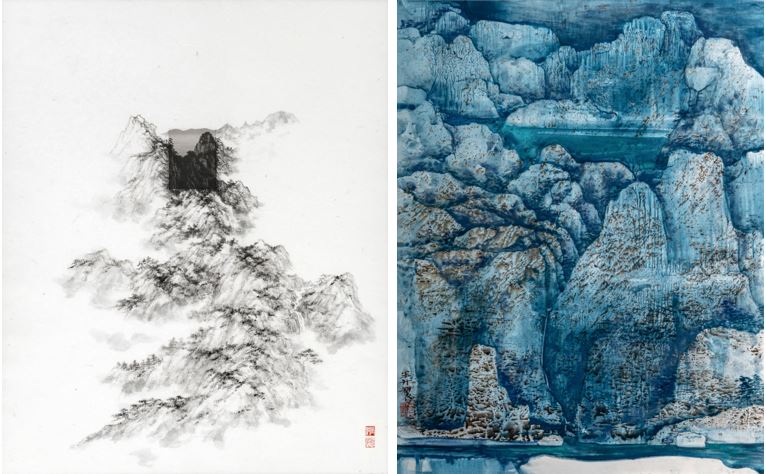
L-R: Arnold Chang and Michael Cherney, Da Ming Mountain Study #2, 2021, photography and ink on xuan paper, mounted on paper and Wang Mansheng, Celestial Lake on Mountain’s Top, 2013, ink, walnut ink, tempera, acrylic on paper
Fu Qiumeng Fine Arts expends much energy on preparing and sharing research and information about Chinese paintings and calligraphy. Fu productively spent the months of Covid isolation investigating in great depth the preeminent scholar and artist Wang Fangyu’s studies of the work of Bada Shanren. The result was the highly informative and thought-provoking exhibition Authentic or Forgery: How Does a Chinese Connoisseur Work?, presented from December 2020 to January 2021 (for more details, click here). In addition to regular in-person and online lectures and numerous essays and news items on their website, the gallery also participates in wùgé publishing, which integrates art, scholarship, design, and bookmaking.

Yau Wing Fung, Riding Mist XXI, 2022, ink and color on paper
Fu Qiumeng will continue to feature the work of young artists this summer with their upcoming summer group show The Rain Freshens. On view July 29 through September 3, this show includes paintings by four vibrant ink artists of the new generation: Yau Wing Fung (born 1990), Chen Duxi (born 1983), Zhang Xiaoli (born 1989), and Zhang Yirong (born 1979), who explore and reinterpret classical codes and practices.
When asked why she decided to establish her gallery in New York, Fu Qiumeng noted that this city is the most vibrant in the U.S. for Chinese art, as there are several museums with exceptional collections and events, important university programs, and an active Chinese art community. Moreover, it is one of the world centers for contemporary art. Where better to build bridges between “east and west, contemporary art and traditional?”
For an engaging interview with Fu Qiumeng and Artnet, click here.
